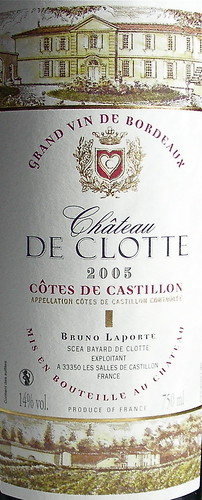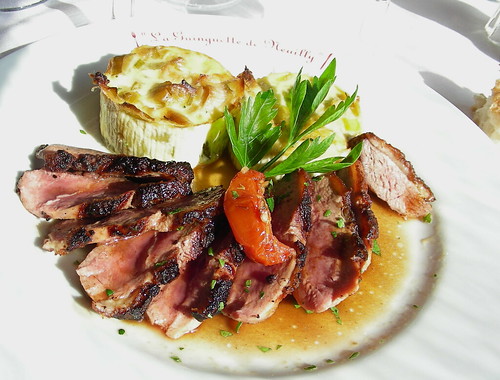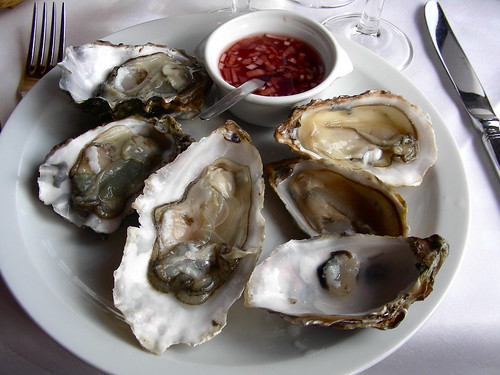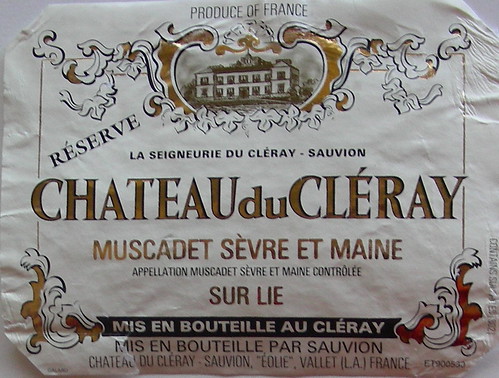 Vignon's secret ingredient is umami, as the seasoning is an umami-rich blend of Parmesan cheese, mushroom, and tomato, balanced with salt, garlic, and citric acid. Umami, a Japanese word that means tasty, savory, is one of the five basic tastes sensed by the tongue. The four others are sweet, sour, salty and bitter.
Vignon's secret ingredient is umami, as the seasoning is an umami-rich blend of Parmesan cheese, mushroom, and tomato, balanced with salt, garlic, and citric acid. Umami, a Japanese word that means tasty, savory, is one of the five basic tastes sensed by the tongue. The four others are sweet, sour, salty and bitter. Now, is this working? Fiona Beckett, a food and drink journalist that writes for Decanter Magzine, is unconvinced:
“With cooked asparagus, it was weird, again removing the vegetable's characteristic grassiness, but also having no perceptible effect on the two unlikely wine pairings I'd put up against it, an over-oaked Languedoc Merlot and a Blossom Hill white Zinfandel.”
“Vignon is obviously not intended for people like me, who believe in the art of food and wine pairing,“ she concludes. ”But that's not saying it won't be successful. It can be ordered, if you're curious, from www.napaseasoning.com.”
Now, can't you simply add a stir-fry of mushroom to your asparagus or some shaved Parmesan and a drop or two of balsamic vinegar to your salad? I am sure that that should do the trick.
Fiona Beckett's article can be found here.
Technorati tags: wine food & drink





